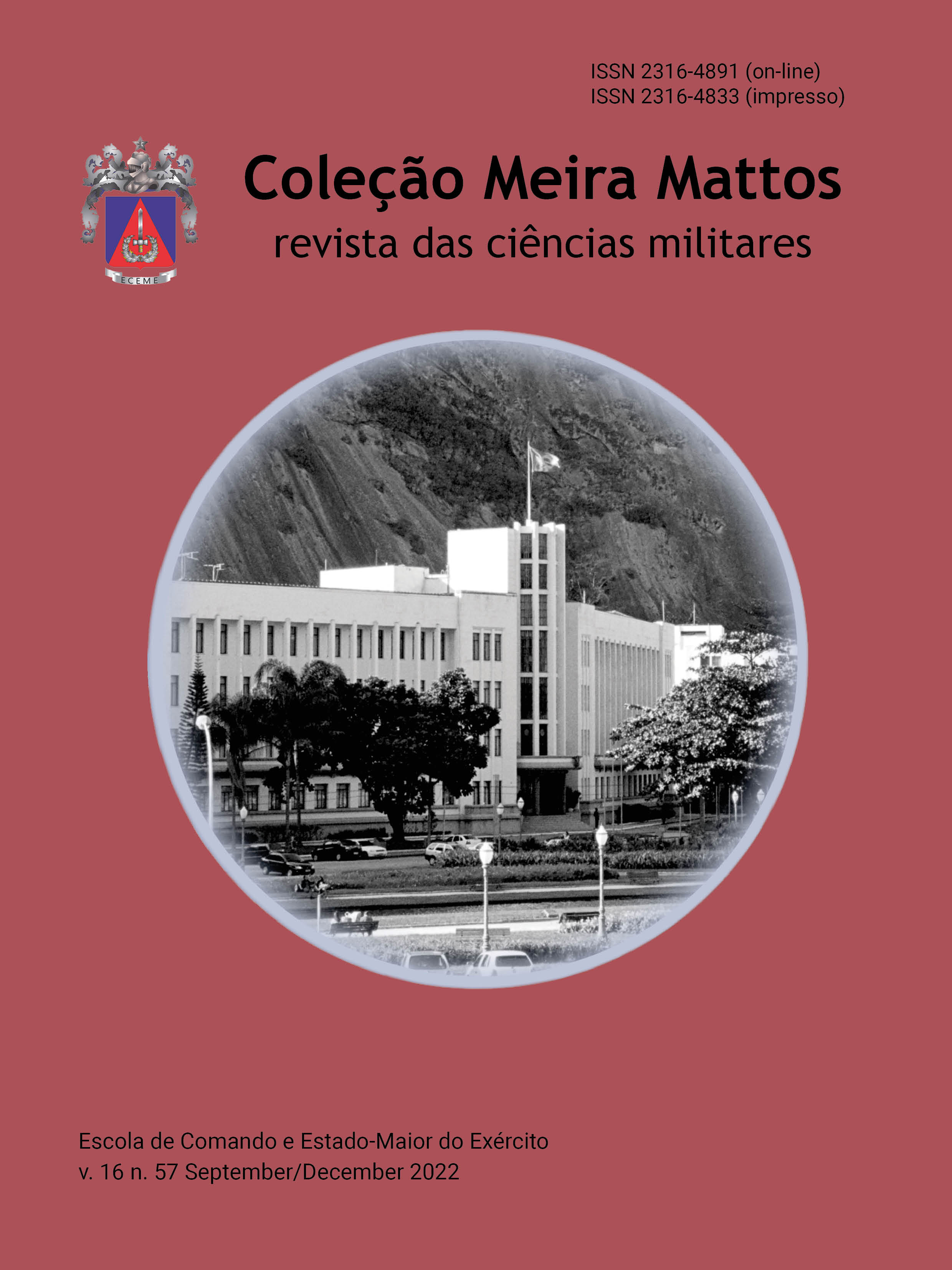Territorial walls and migration control in Italy and Greece during the humanitarian crisis in Syria (2015-2018)
Main Article Content
Abstract
Syrian refugees encountered enormous difficulties in ac-cessing the countries in which they intended to seek asylum, due to the impeditive measures adopted by them, characterized as true walls, contrary to the provisions of the main international conventions on the subject. These international conventions aim to guarantee rights and protection to refugees, of which the principle of non-refoulement (non-return) stands out, which determines that the refugee will not be returned to their country of origin. With this, the following question arises: how did the migratory barriers imposed by Italy and Greece af-fect the principle of non-refoulement? This work aims to analyze the Italian and Greek policies during the years 2015 to 2018 and if they did not violate the concept of non-refoulement by preventing the entry of asylum seekers. In this sense, the article uses the qualitative meth-od, especially based on a document analysis of the policies of the two countries, as well as a case study methodology to argue that the non-en-trée mechanisms, used by Italy and Greece, started to prevent formal recognition since it would only materialize with access to the territory of these countries.
Downloads
Article Details

This work is licensed under a Creative Commons Attribution 4.0 International License.
Meira Mattos Collection is licensed
From 2019 under Creative Commons conditions (CC BY 4.0)
Until 2018 under Creative Commons conditions (CC BY-NC-SA 4.0)
Licenses are listed on the article access page and detailed on the Copyright page of this publication.
Copyright: The authors are the copyright holders, without restrictions, of their articles.
Notice
For any reuse or distribution, you must make clear to third parties the terms of the license to which this work is submitted.

